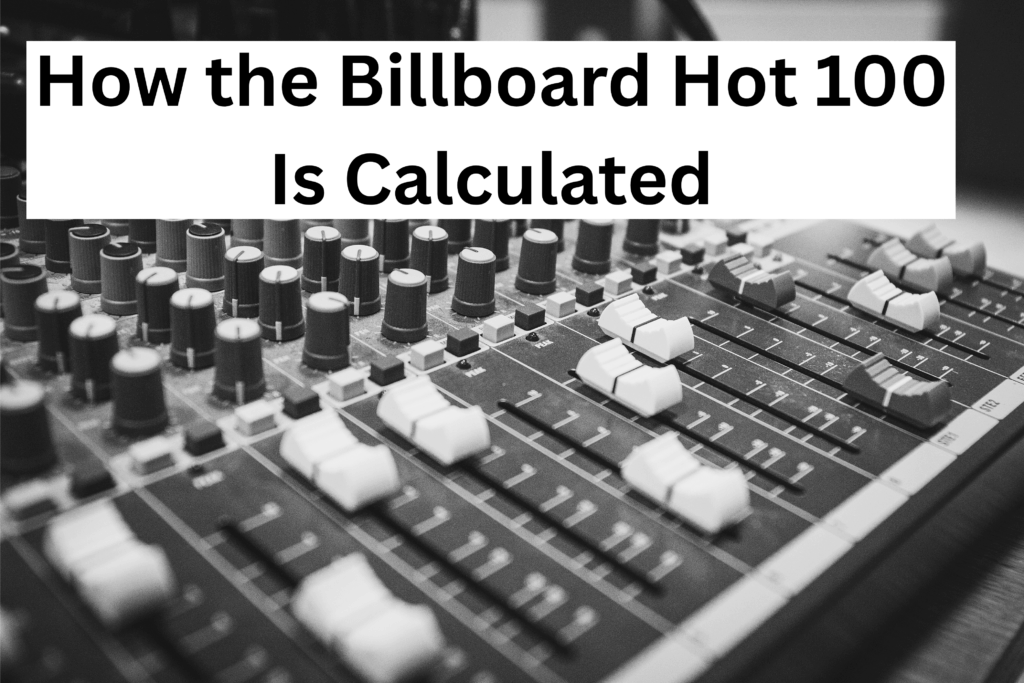
Hello everyone and welcome back to Social Soundwaves! Have you ever wondered how the Billboard Hot 100 is calculated? It’s more than just catchy tunes, there’s a whole system behind the charts that ranks the biggest hits each week. In this post, we’ll break down how the Billboard Hot 100 is calculated and explore the factors that contribute to a song’s rise to the top.
What is the Billboard Top 100?
The Hot 100 is a widely recognized and respected chart, often considered the standard for measuring a song’s popularity in the U.S. music industry. Billboard magazine publishes the Billboard Hot 100, which ranks the most popular singles in the United States. It’s a weekly list that measures a song’s popularity based on a combination of factors including radio airplay, digital sales, and streaming data. The chart provides a comprehensive overview of a song’s popularity in the U.S., considering various ways people interact with music.
How the Billboard Hot 100 Is Calculated?
Billboard’s chart uses a unique points system to determine song rankings, factoring in multiple elements. The exact weights for each of these factors remain confidential, but they include metrics like streaming, sales, and airplay. This approach helps reflect the most popular songs in the US based on their overall reach and performance across various platforms. The chart reflects the most popular songs in the US based on these three factors:
- Sales: This includes both physical and digital sales, as well as sales from online music services.
- Streaming: This includes on-demand streaming (like Spotify, Apple Music, and YouTube) as well as programmed streaming (like Pandora). Paid tier streams are weighted more heavily than ad-supported streams.
- Airplay: This is measured by monitoring radio stations across the US, tracking audience impressions. Billboard uses Nielsen BDS to monitor airplay data.
- Nielsen BDS, or Broadcast Data Systems, is a service that tracks airplay of songs on radio, television, and the internet.
Inaccuracies with Billboard
Some argue that the Top 100 is not a simple representation of real-time popularity because it combines multiple data sources with varying tracking periods, weights, and potential biases.
- Secret Formula: Billboard doesn’t reveal the exact weight of streams, sales, and airplay.
- Radio Bias: Heavily favors songs pushed by major labels to radio stations.
- Fan Manipulation: Coordinated streaming or bulk buying campaigns can artificially boost rankings.
- Streaming platform limits: Not all platforms are weighted equally or even included.
- Genre gaps: Independent, niche, or non-mainstream genres often get overlooked.
In the end, while the Billboard Hot 100 is a major player in defining what’s “popular,” it’s not without its flaws. Understanding how it works, and where it falls short, can help you think more critically about the music you hear at the top.
That’s really interesting Sarah! Thank you for sharing!